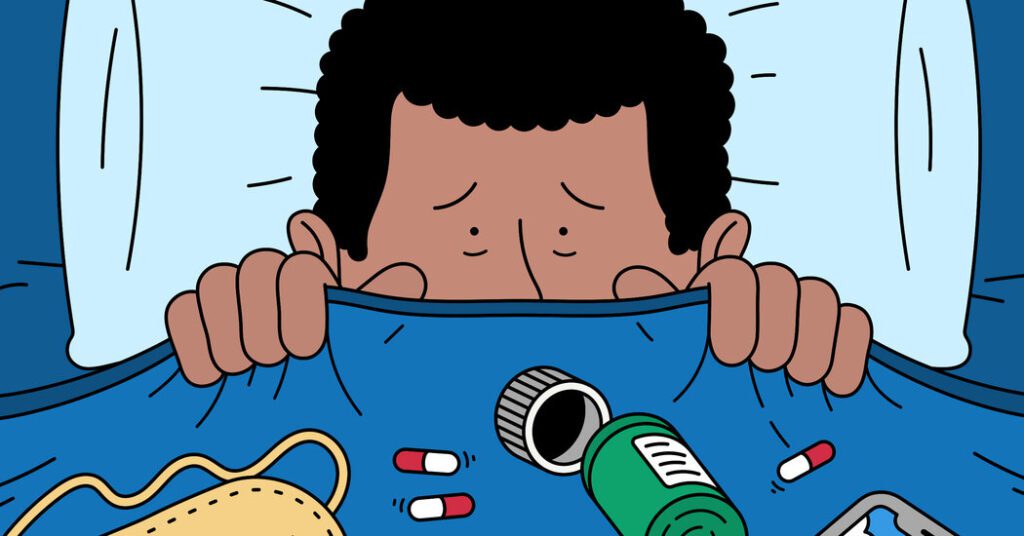Evaluating Common Sleep Hacks: What Works and What Doesn’t
Understanding Sleep Science
Sleep expert Dr. Sujay Kansagra from Duke Health sheds light on the efficacy of various sleep techniques circulating on social media. While some trends claim to offer quick fixes, many lack robust scientific support. Below, we outline several popular sleep hacks and their validity based on expert opinions.
1. The Myth of Mouth Taping
Mouth taping has gained traction online as a method to reduce snoring by encouraging nasal breathing. However, Dr. Akinbolaji Akingbola, a sleep medicine physician, emphasizes that while nasal breathing may help with snoring, mouth taping itself is not proven to enhance sleep quality. Furthermore, habitual snoring can signal obstructive sleep apnea, a serious condition that should be evaluated by a healthcare professional rather than treated with self-help remedies.
2. The Importance of Limiting Blue Light
According to sleep scientist Andrew W. McHill, blue light emitted from devices like smartphones and computers can disrupt our natural circadian rhythm. Avoiding blue light exposure in the hours leading to bedtime can significantly improve sleep quality. The experts recommend dimming lights and minimizing electronic usage ideally one to three hours before sleep. However, tools like blue-light-filtering glasses have not been conclusively proven to be effective, according to Dr. Angela Holliday-Bell.
3. Supplements: Caution Advised
While some influencers promote the nightly use of melatonin and magnesium supplements as sleep aids, experts advise caution. These supplements may assist in specific scenarios, such as adjusting to new time zones or potentially aiding some individuals in falling asleep more quickly. Nonetheless, chronic reliance on supplements can obscure underlying sleep issues that require professional assessment, cautions Dr. Kansagra. They can also lead to unnecessary expenses without guaranteed benefits.
4. Engaging in Mental Exercises
Techniques such as “cognitive shuffling” or visualizing a familiar setting before bed are gaining recognition as methods to promote sleep. Cognitive shuffling involves generating words beginning with the letters of a chosen word, while visualization focuses on detailed imagining of a place. While these strategies haven’t undergone rigorous scientific testing, Dr. Allison Harvey suggests they can provide a distraction from stress and anxiety, potentially aiding those who struggle with racing thoughts at bedtime.
5. The Effectiveness of a Worry Journal
Dr. Harvey recommends keeping a worry journal, where individuals can jot down their concerns before bedtime. This practice allows for processing thoughts and can clear the mind, reducing nighttime anxiety. Ideally, individuals should write down their worries at least two hours before sleep, and do so outside of their bed to prevent associating the sleeping environment with stress.


